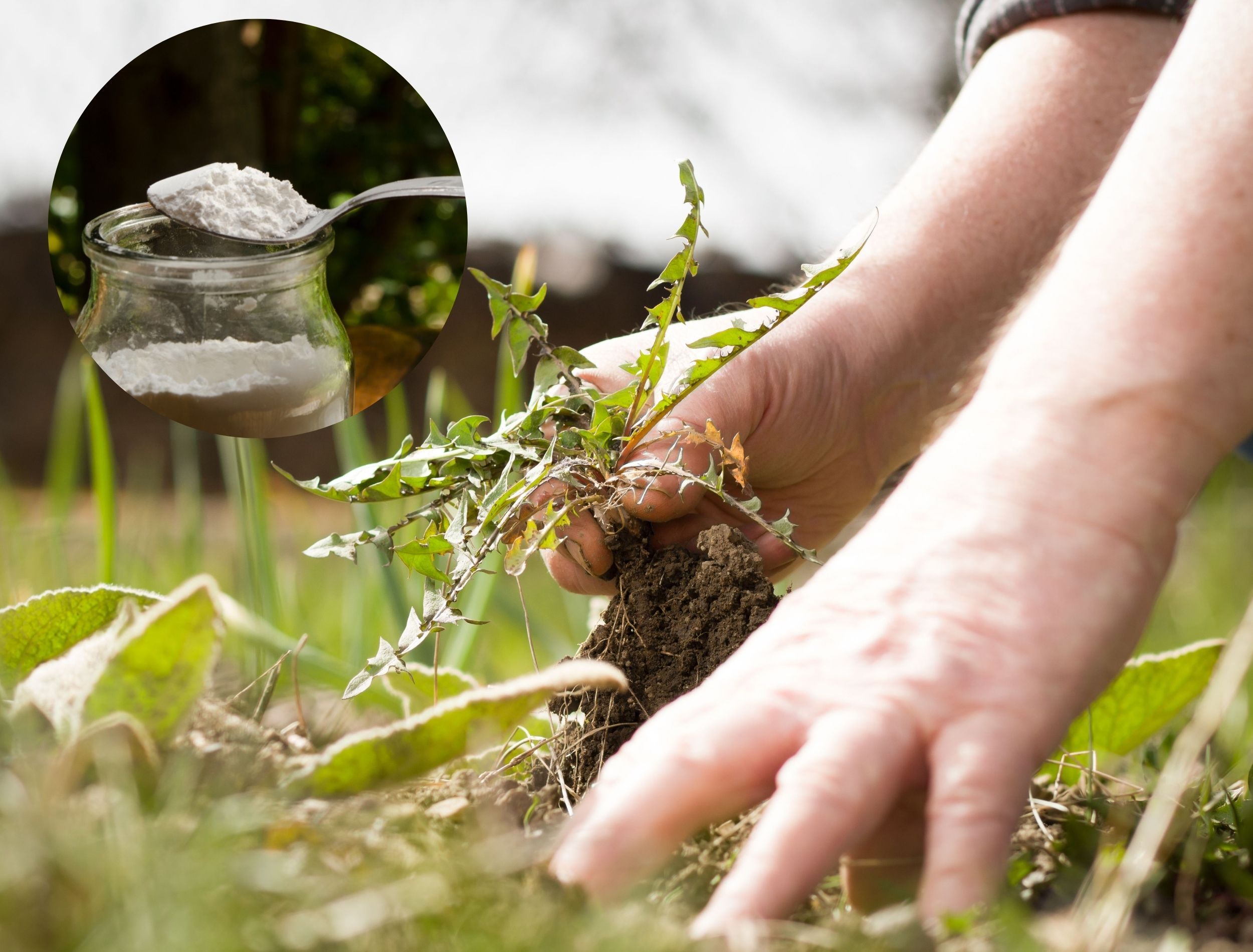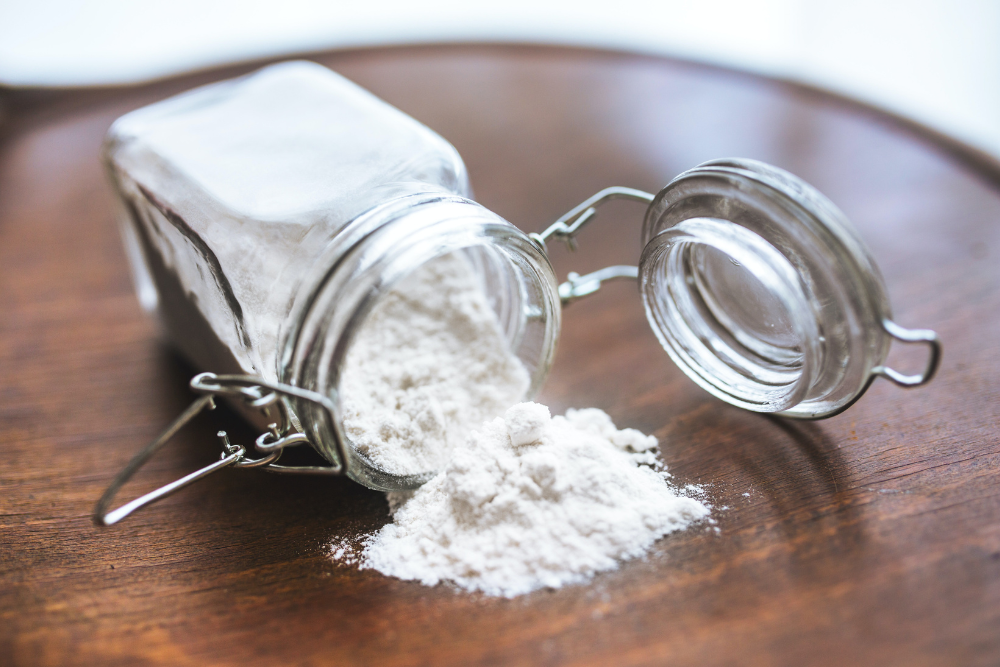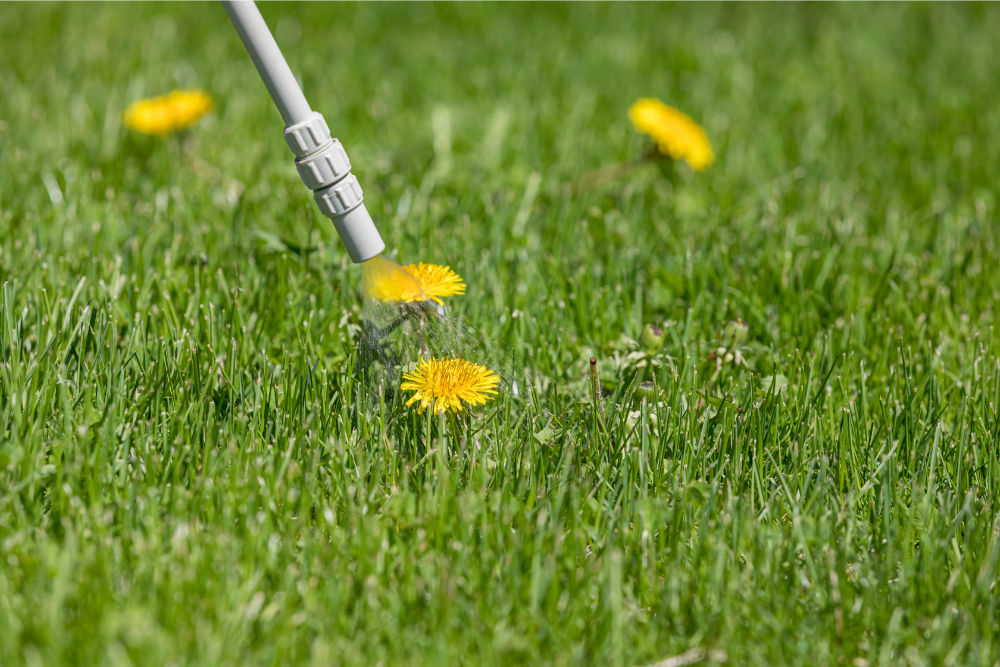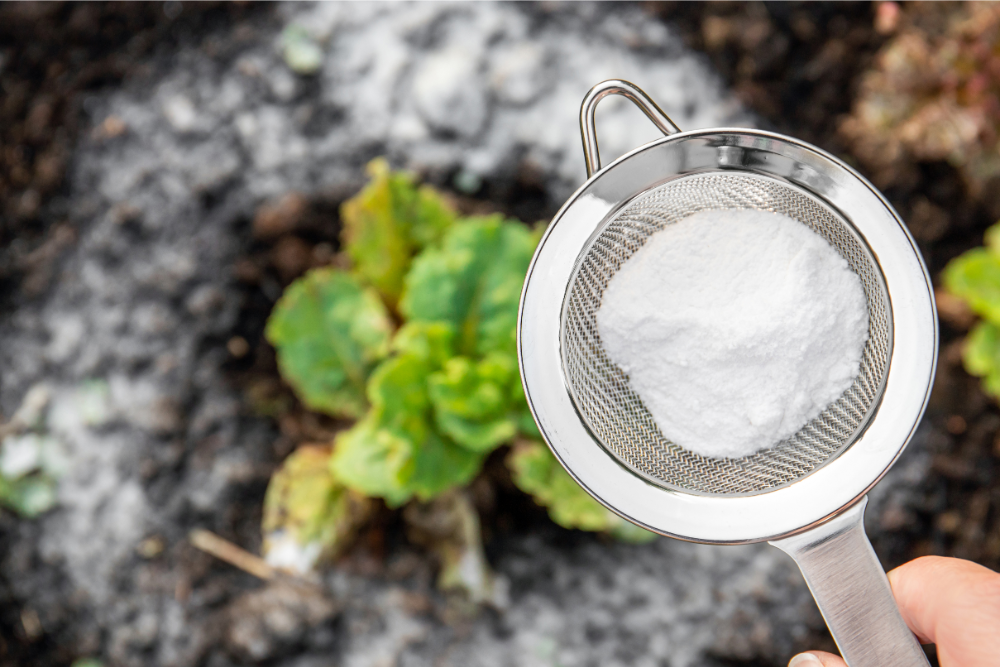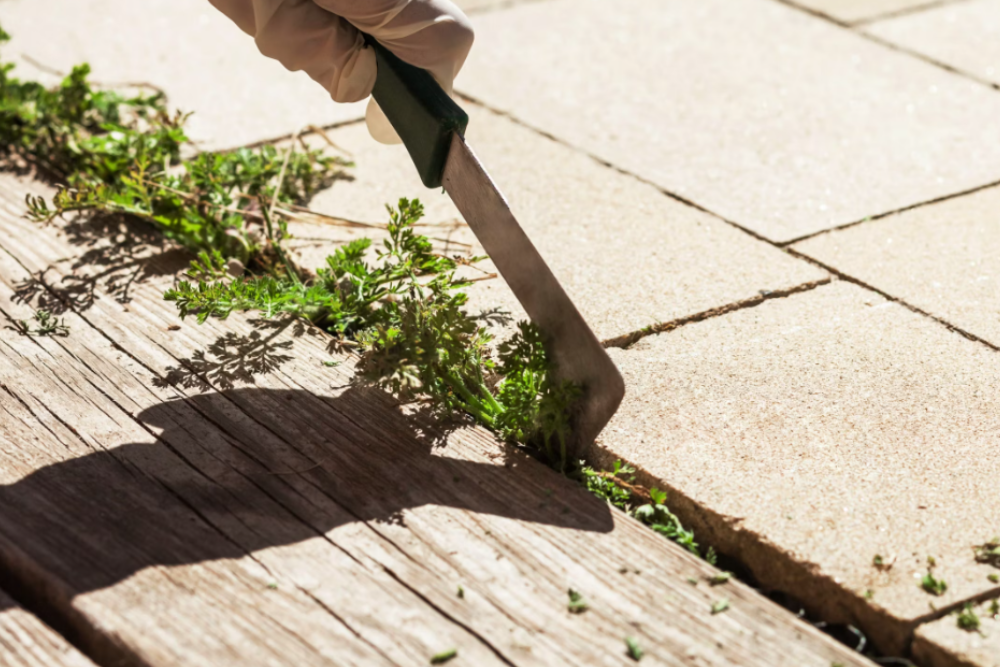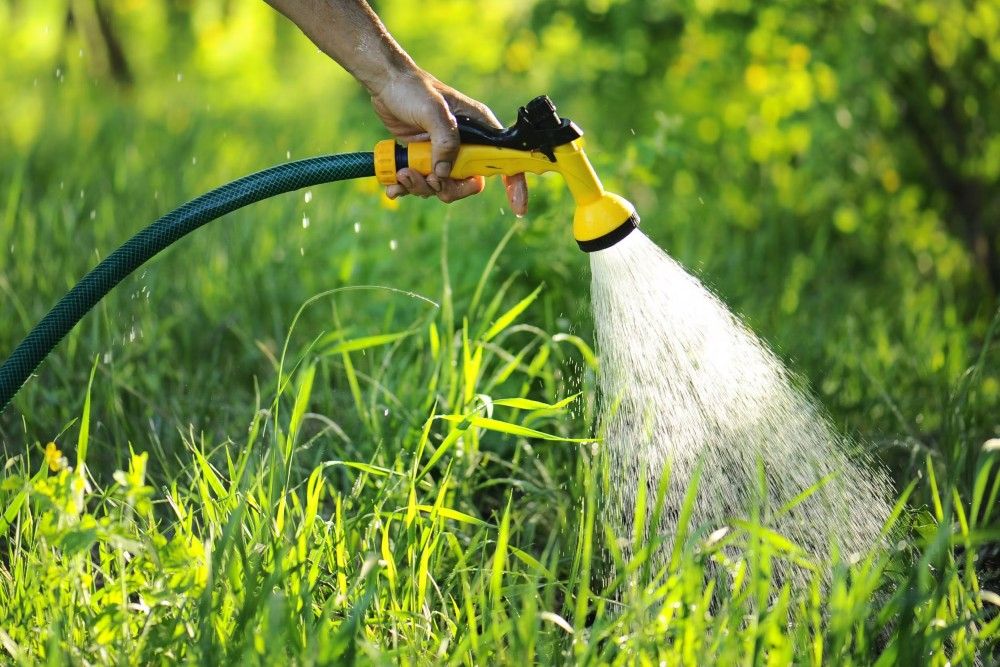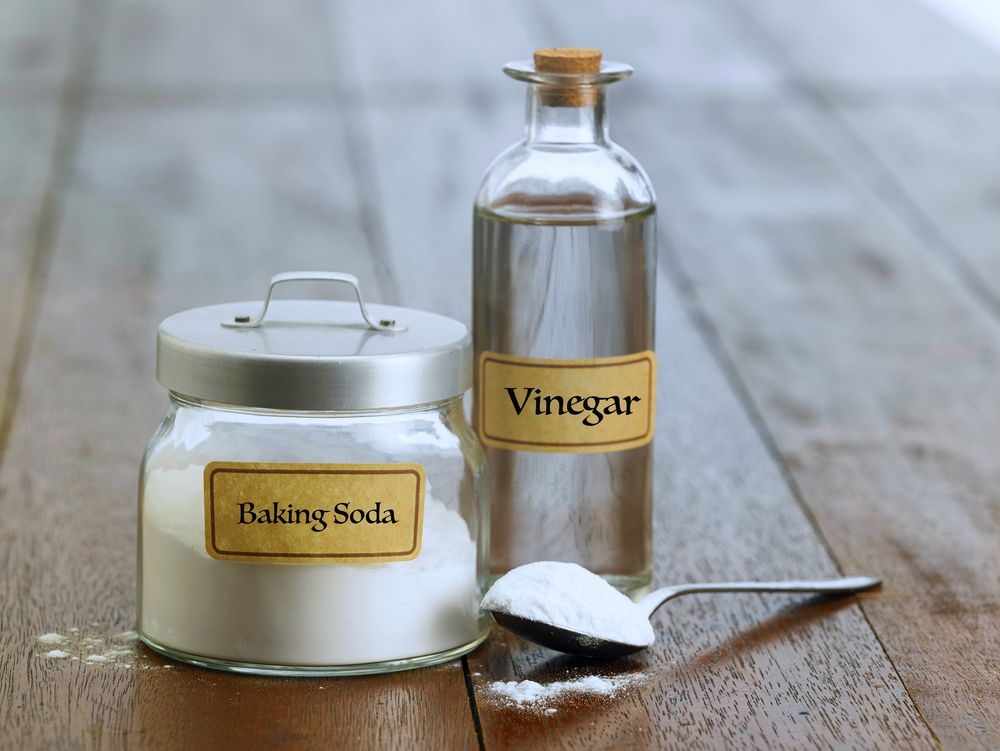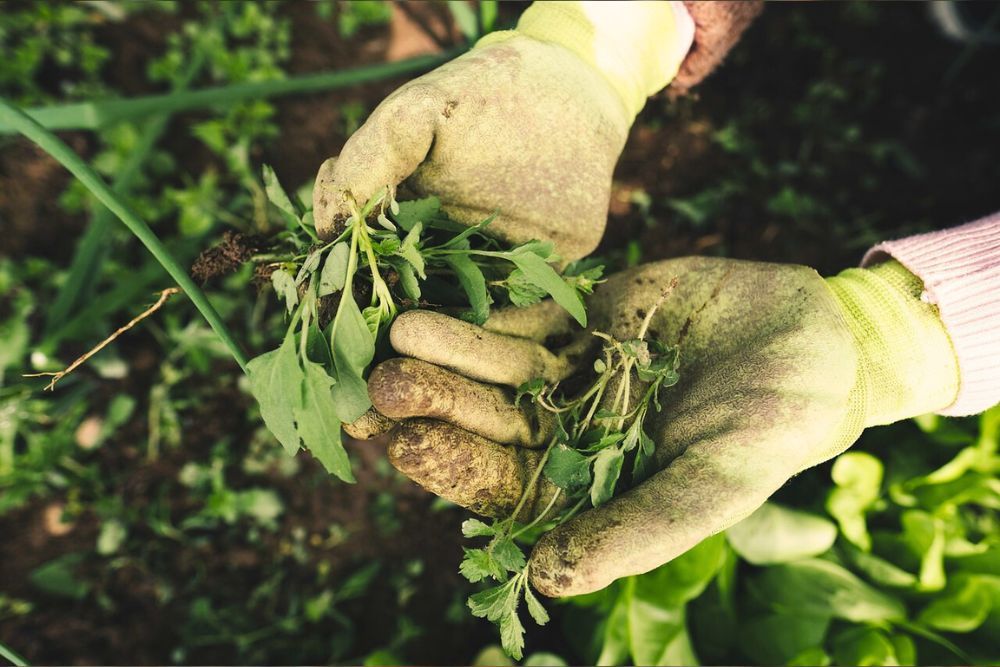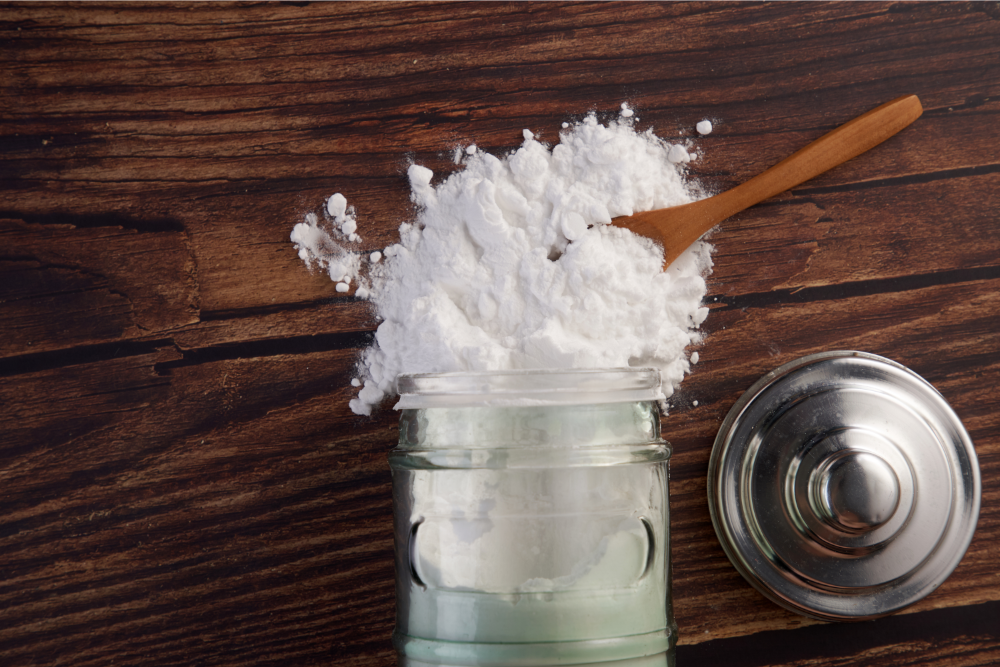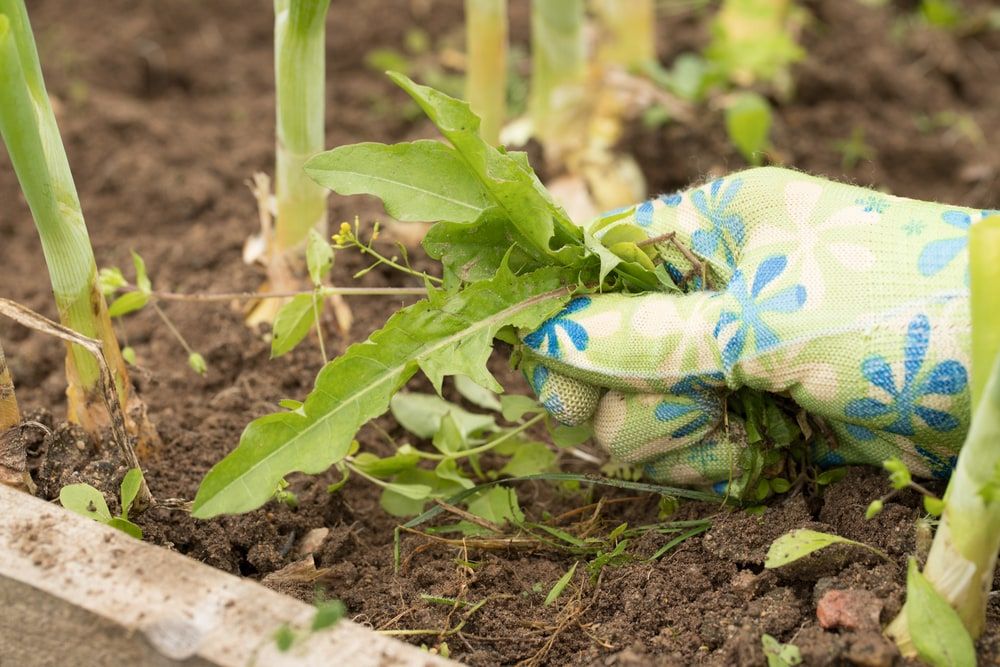Gardening isn't all sunshine and rainbows! It involves quite a bit of physical labor. One of the many challenges that gardeners face is fighting weeds that compete with plants for sunlight, water, and nutrients. Weeds are invasive plants that make your garden look untidy. It's important to tackle weeds early before they multiply and take over your garden.
These tiny invaders can find their way into your garden through various means. They might hitch a ride on a load of compost, get stuck to the sole of a shoe and be unknowingly tracked in, or even reside in the potting mix of transplants. If you value an economical and organic approach, consider using baking soda as a weed killer!
Today, you'll learn how baking soda can help you fight against the ever-growing weeds. You will also uncover additional natural remedies that can provide assistance.
You Will Need
List of things required
Gather all the equipment before you start. You only require a few things to get rid of these pesky plants.
- Baking Soda: The star of the show; use it generously to tackle weeds.
- Watering Hose or Watering Can: For moistening the weeds and applying baking soda.
- Spray Bottle: If you're using a vinegar or soap solution.
- Teaspoon: To measure and apply baking soda.
- Broom: For sweeping excess baking soda in outdoor spaces like driveways or walkways.
Step 1: Moisten the Weeds
Don't forget all weed-infested areas
To start, ensure that the weeds are adequately moist.
- If there has been recent rainfall in your area, chances are that your garden and other weed-infested areas are already damp.
- If not, grab a watering hose or can and generously apply water to the weeds until they are thoroughly soaked.
- Don't forget to moisten all the weeds surrounding your home, whether in the garden or cracks on the patio, walkway, or driveway.
Step 2: Sprinkle Baking Soda in the Garden
Proper application of baking soda
To effectively remove weeds without causing harm to the surrounding grass or plants, it's important to adopt a meticulous approach.
- Apply one teaspoon of baking soda per weed plant, ensuring an even coat on the foliage and focusing on the weed's stem.
- For optimal results, carry out this task on a sunny day to activate the baking soda, effectively eliminating unwanted weeds.
- Excessive use of baking soda can increase soil salinity and pH levels, which can negatively impact the growth of other plants.
Remember to target the weeds individually instead of scattering excessive amounts of baking soda throughout your garden.
Step 3: Continue on Other Infested Areas
Weeds in cracks and walkways
Weeds have a way of infiltrating the cracks in your driveway and finding their place between the tiles of walkways or patios in your home.
Since there are no plants to be concerned about nearby, you can take a more lenient approach to addressing this issue.
- Generously sprinkle baking soda over the weeds.
- Use a broom to sweep any excess back into the cracks.
This method will help keep your outdoor spaces clean and weed-free.
Step 4: Water the Weeds
Transporting baking soda to the roots
To effectively eliminate weeds with deep roots, apply an adequate amount of baking soda.
- By watering the affected areas with baking soda, the chemical is transported to the roots.
- Use approximately ½ to 1 inch of water.
However, if there has been rainfall within the past week since the application of the chemical, this step can be skipped.
Step 5 - Reapply Baking Soda
Implementing a follow-up treatment
Typically, a single treatment with baking soda may not suffice to dry out the plant and eliminate it completely.
- It is wise to implement a follow-up treatment if the initial application fails to eradicate all the weeds.
- Allow the chemical approximately four to six weeks to work its magic.
- Subsequently, reapply by following steps one through four to tackle the more stubborn, deep-rooted weeds effectively.
Useful Notes
Apply during the fall or spring seasons
To achieve optimal results when using baking soda to eliminate weeds from your home, it is recommended to follow these suggestions:
- Apply baking soda during the fall or spring seasons when weeds are actively growing.
- Choose a bright, sunny day, as the sunlight aids in drying and burning the weeds.
Avoid using this method in areas where the soil has a high salt content, such as near the ocean. Excessive sodium in the soil can potentially harm desirable plants and grass.
Mixing Baking Soda and Vinegar for Weeds
Eliminate both the weed and its roots
Combining baking soda and vinegar can be a highly effective method for eradicating weeds.
- To utilize this technique, start by blending one cup of baking soda with a gallon of white vinegar.
- Then, directly apply the mixture to the area infested with weeds.
- The solution will swiftly penetrate the soil, effectively eliminating both the weed and its roots.
Lifecycle of Weed
|
Weed Life Cycle |
Description |
Examples |
|
Annual Weed |
Completes its life cycle within one growing season or one calendar year |
Redroot pigweed, Kochia |
|
Summer Annual |
Weeds flourish in spring and summer with adequate soil moisture from April to May |
Common lambsquarters, Green foxtail |
|
Winter Annual |
Weeds emerge in fall through early spring, thriving from October to March |
Downy brome, Shepherd's-purse |
|
Biennial Weed |
Completes its life cycle over two growing seasons |
Wild carrot, Common mullein |
|
Perennial Weed |
Regrows over multiple seasons |
Johnsongrass, Sagebrush |
|
Creeping Perennial |
Weed Reproduces asexually with stolons or rhizomes |
Field bindweed, Canada thistle |
Can Vinegar Alone Eradicate Garden Weeds?
Vinegar with 20 to 30 percent concentration of acetic acid
|
Aspect |
Key Information |
|
Application |
Repeated for new weeds |
|
Ideal Conditions |
Acetic acid works best in hot, sunny weather |
|
Personal protective equipment |
Need for eye and skin protection |
Yes, it can. Using vinegar with a higher concentration of acetic acid has been proven to be more effective in controlling weeds.
- Typically, household vinegar contains around 5 percent acetic acid.
- Some herbicidal vinegar products contain acetic acid at concentrations of 20 or 30 percent.
A solution containing 20 or 30 percent acetic acid is more potent as it thoroughly eliminates young leaves and growing points.
Alternative Approaches for Weed Control
Techniques to control weeds in your garden
There are many alternative methods to kill weeds besides using household vinegar or herbicides.
Boiling Water
- Eliminate weeds by pouring boiling water over them.
- Ensure precision by directing the boiling water exclusively at the weeds to avoid harming other plants.
Soap Spray
- Prepare a weed control solution by combining five tablespoons of dish soap with four cups of water in a spray bottle.
- To achieve optimal results, apply this soapy water blend to the weeds on days with high temperatures.
Salt Application
- To address weed growth, sprinkle a small amount of salt at the weed's base.
- Please be aware that salt can make the soil inhospitable for an extended period, so exercise caution when using it.
Pasta or Potato Water
- Utilize the water used for boiling pasta or potatoes
- Pour it over the specific area to take advantage of its natural starch content, which contributes to weed control.
Newspaper or Cardboard
- Suppress weed growth in large infested areas by layering newspaper or cardboard.
- Use these materials as a barrier to hinder weed development effectively.
Advantages of Incorporating Baking Soda
Use baking soda around your garden to kill insects
- Baking Soda is the ultimate all-around helper around your home.
- Baking soda is an organic chemical that is safe for the environment and non-toxic to humans.
- It is also safe for consumption in small quantities and is routinely used in cooking and baking.
- Additionally, it is a common pantry item, which is inexpensive and versatile in its use.
- Apart from weed-killing, you can use baking soda around your garden to kill insects and to keep rodents from feasting on your crop.
- It can also protect your tomato plant from many pests and diseases, such as powdery mildew, late blight, and other pests.
Weed-Be-Gone!
Baking soda is a versatile ally in your gardening adventures. It's an eco-friendly, economical, and effective way to take on those garden weeds. But make sure to apply it during the fall or winter season. If you opt to use vinegar and baking soda solution instead, check the concentration of acetic acid in your vinegar before applying because the high concentration of acetic acid effectively eliminates weeds.
If the initial treatment doesn't completely eliminate the weeds, it's recommended to reapply baking soda and give it sufficient time to work its magic.
And don't keep this gardening wisdom to yourself! Share this blog with your fellow green friends, and make weed-fighting a shared adventure.

